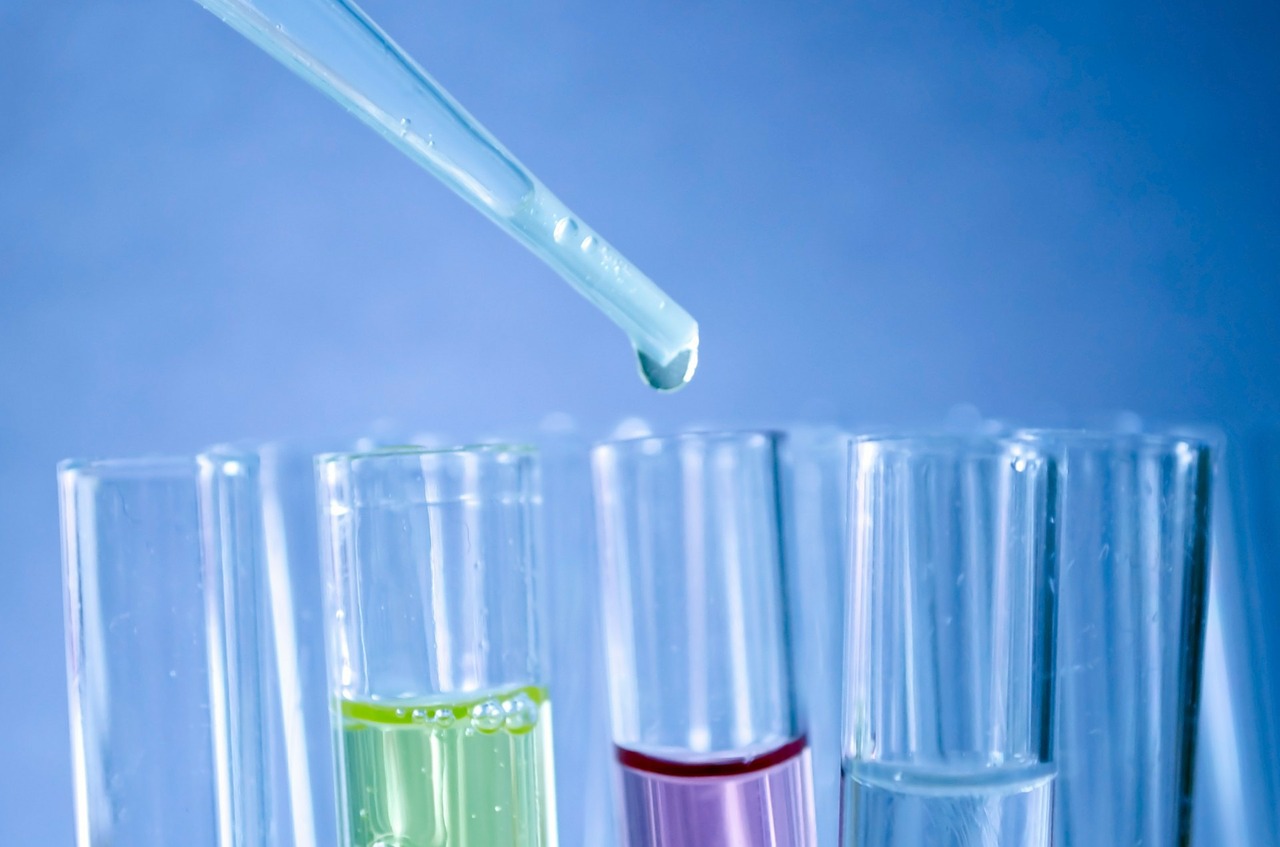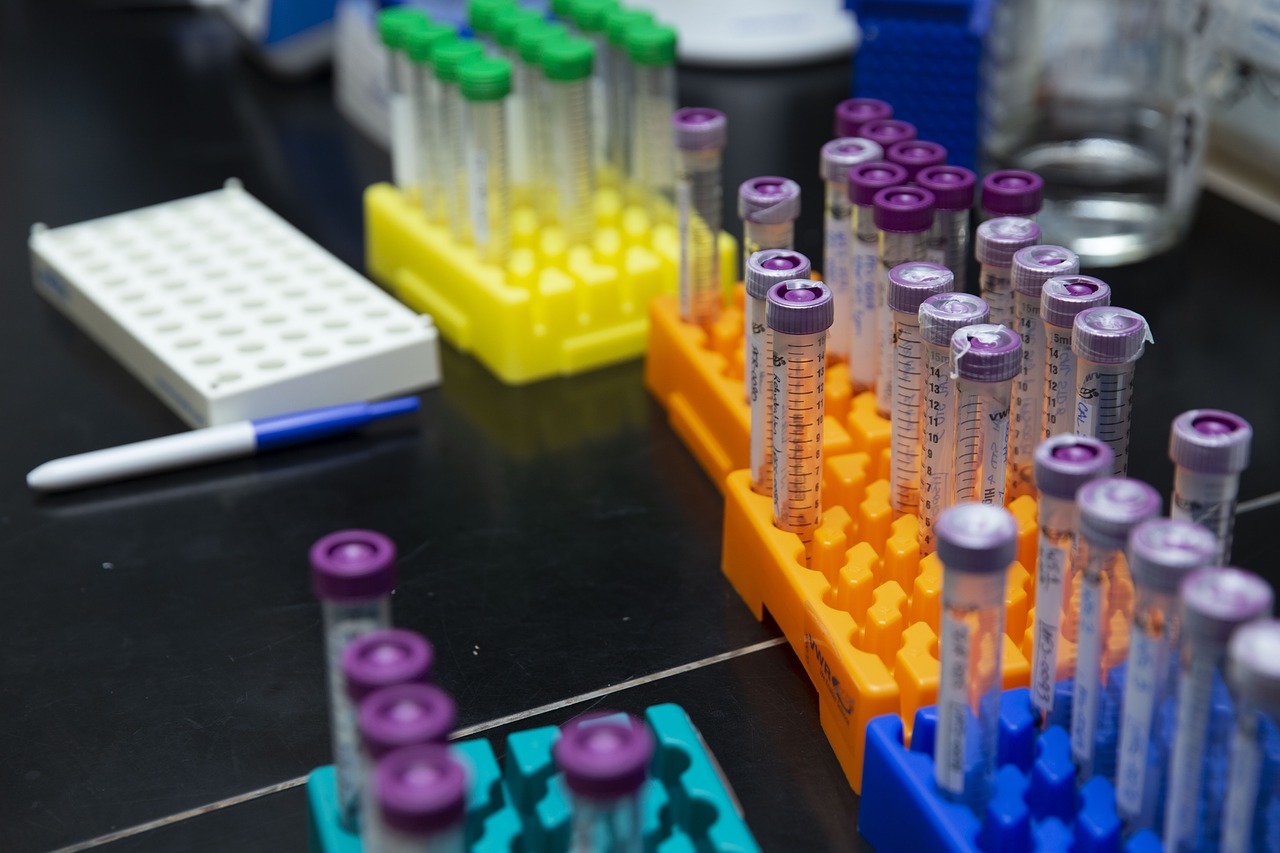Pool Never Never Seems To Get Clear
A common problem for pool owners: cloudy water or murky water that simply won’t go away.
The request came from Gavin in Texas who asked:
“We tested for all the things our test kit could (ph, alkalinity, chlorine-free, chlorine total, iron, copper, calcium, cyanuric stabilizer), and all the tests came back great. I even tested a second time and got the same great results, but the pool is still cloudy a week later. What else can we test to make the pool clear?”
Meter for Total Dissolved Solids
The only test that we think may help in a case like this: TDS (total dissolved solids).
Definition of TDS — The amount of suspended inorganic and organic substances in a liquid.
Why test for TDS in this situation? If all the other critical water parameters have tested fine, then the pool more than likely does not have an issue like algae that would cause cloudiness… and therefore, a good chance exists that the water contains a higher than usual amount of dissolved solids.
Testing for TDS
We know of two reliable testing methods for TDS:
- 1) Take pool water to a pool store and have them test for TDS; or
- 2) Use an inexpensive portable TDS meter yourself at home.
Lowering TDS levels in pool water
Most times, a persistent TDS problem will result from a filtration issue such as:
- A pool filter (usually a sand filter) does not have the ability to capture the ultra-small dissolved solids. The use of a pool water clarifier or pool water flocculant will make the smaller particles stick together and thus become easier for the filter to capture.
Note of caution: Pool clarifiers and flocculants can cause DE (diatomaceous earth) filters to clog up at an unbelievably quick rate and need bumping to recharge, and in some cases, acid washing, so read the directions carefully before using them in pools that have DE filters. - If a pool has a DE filter, a hairline crack may exist somewhere in the filter and/or rips in the cloth covering the filter grids or ‘fingers’ (used in older Hayward filters) may exist. Both situations would result in the passing of diatomaceous earth into the pool water.
- The owner of the pool does not run the pool filter long enough to properly ‘turn over the pool water and thus give the pool filter a full chance to do its job.
Hopefully, Gavin, the above information will point you in the correct direction.
Too Much Chlorine In My Pool

One more question came to us from a frustrated (and annoyed) mother who recently learned that her kids took the liberty of adding chlorine to the pool… in an effort to help get rid of the dirt in the bottom!
“Hello, and let me tell you that I’m pretty mad right now at my teenage boys, who I thought knew better, but I guess really don’t. I got home from work last night to find my two boys, age 10 and 12, out by the pool with two garden shovels and the bucket of chlorine dumping scoop after scoop into the water! They wanted to get rid of some DIRT they saw in the bottom! Ugh! I stopped them, but it was too late. Half the bucket was GONE! At $60 a bucket, I best believe money for a new one will come out of their allowances, but how can I find out how much chlorine is in the water? My test kit turns CLEAR, which means no chlorine, but I know that’s not true because I can SMELL the stuff from inside the house! Is there a kit that can help? Thanks”
Before we get into the matter of how to test for and deal with the chlorine issue, we want to stress the importance of keeping all pool chemicals out of the hands of children. Granted, this woman’s children probably knew better than to eat the chlorine, but it still posed a danger to their breathing, skin, and eyes.
Some compounds frequently found in pool sheds like the hydrogen peroxide sold for use in pools using a biguanide sanitizer system, liquid chlorine, and muriatic acid can cause immediate skin irritation and damage to pretty much anything they touch.
Keep all pool chemicals locked away and out of the reach of those who have no business messing with them!
Why is her chlorine test kit not working?
From the sounds of things, her mischievous children added WAY too much chlorine to the water, and the super high chlorine level basically bleached out the chlorine indicator.
As an example of what we mean, DPD test reagents for chlorine testing get annihilated and become useless in the presence of around 9 or 10 ppm chlorine.
Dilution method for high range chlorine testing
To avoid purchasing additional testing products, one could always practice dilutions of samples and repeated testing of the diluted mixtures until the testing method used no longer gets bleached out by the chlorine.
Example: Performing chlorine testing on a mixture containing 50% distilled (or otherwise oxidizer-free) water and 50% pool water that contains 12 ppm chlorine should yield test results of 6ppm. One would then double the test results to get the true chlorine concentration of the pool water sample.
The dilution method should work equally well for pool water test strips, DPD chlorine test kits, OTO chlorine test kits, and chlorine testing meters.
- High Range Free Chlorine
Test Strips: 0 – 120ppm - High Range Total Chlorine
Test Strips: 0 – 80ppm
The simplest method for high range chlorine testing
While DPD and OTO will get bleached out by elevated levels of chlorine in a water sample, the reagents used by the WaterWorks High Range Free Chlorine Test Strips and WaterWorks High Range Total Chlorine Test Strips will not.
Getting chlorine levels down fast
More than likely, someone would want to reduce the chlorine levels since elevated chlorine levels in a swimming pool make the water unsafe for swimming and potentially damaging to pool equipment… as well as quite smelly, as our reader pointed out in her inquiry earlier.
For extreme cases, or if time is of the essence, companies like InTheSwim.Com sell compounds designed to neutralize chlorine levels.
Otherwise, just the passing of time (and exposure to biological contaminants coming from the air) should cause chlorine levels to drop back down to normal ranges.

